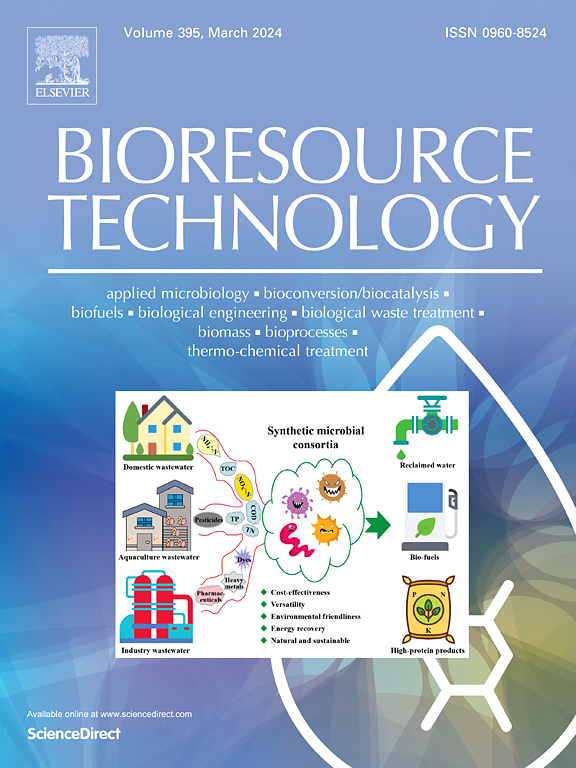Efficient biodegradation of flurochloridone herbicide by Streptomyces parvus strain F-G-2 and its degradation mechanism
IF 9.7
1区 环境科学与生态学
Q1 AGRICULTURAL ENGINEERING
引用次数: 0
Abstract
Flurochloridone (FLC) is a pyrrolidone herbicide with good weed control effects. However, it poses potential threats to the ecological environment and human health. To alleviate the impact of FLC residues, a bacterium capable of degrading FLC, Streptomyces sp. F-G-2, was isolated from FLC-contaminated soil. Within 42 days (d), the strain F-G-2 metabolizes 80.0 % of FLC, there is a significant selective degradation trend towards the enantiomers (−)-(3S, 4S)-FLC and (+)-(3R, 4R)-FLC in degradation. The strain’s introduction into soil does not affect the structure and diversity of the indigenous microbial community. Two enzymes responsible for FLC degradation in the strain F-G-2 were identified: α/β hydrolase and 2-hydroxy acid dehydrogenase, with key residues ILE-14 and LYS-187 playing a role. LC-MS/MS analysis confirmed FLC hydrolysis through carbonyl bonds. These findings enhance our understanding of the molecular mechanisms of FLC biodegradation and provide a theoretical basis for environmental remediation in the Qinghai-Tibet Plateau (QTP).

求助全文
约1分钟内获得全文
求助全文
来源期刊

Bioresource Technology
工程技术-能源与燃料
CiteScore
20.80
自引率
19.30%
发文量
2013
审稿时长
12 days
期刊介绍:
Bioresource Technology publishes original articles, review articles, case studies, and short communications covering the fundamentals, applications, and management of bioresource technology. The journal seeks to advance and disseminate knowledge across various areas related to biomass, biological waste treatment, bioenergy, biotransformations, bioresource systems analysis, and associated conversion or production technologies.
Topics include:
• Biofuels: liquid and gaseous biofuels production, modeling and economics
• Bioprocesses and bioproducts: biocatalysis and fermentations
• Biomass and feedstocks utilization: bioconversion of agro-industrial residues
• Environmental protection: biological waste treatment
• Thermochemical conversion of biomass: combustion, pyrolysis, gasification, catalysis.
 求助内容:
求助内容: 应助结果提醒方式:
应助结果提醒方式:


